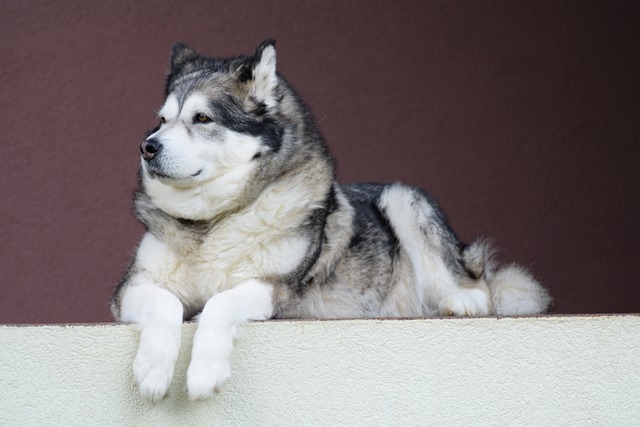
How to train a dog to stop barking at noises?
That sudden burst of barking when a car backfires or a neighbor shuts a door can jolt anyone—including your dog, who's probably just as startled as you are.
Picture Sarah, a first-time dog owner in her Denver apartment, staring bewildered at the pet store aisle overflowing with harnesses, clickers, treat pouches, and fancy gadgets. Her new rescue pup, Buddy, pulls like a sled dog on walks and hasn’t mastered "sit" yet. She wonders, overwhelmed, "Do I need all this stuff just to train him?" Relax, Sarah – and anyone feeling that panic! Effective dog training hinges far more on your understanding and consistency than on gear. While a few key items make life smoother and safer, the core "equipment" involves your mindset and approach.
Let’s cut through the clutter. Your absolute non-negotiables boil down to just a few essentials. First, a well-fitting collar or harness and a sturdy 6-foot leash. Skip the retractable leads for training – they teach pulling and offer zero control when you need it most. Think of the leash as your communication line, not just a restraint. Next up: high-value, tiny treats. We’re talking pea-sized morsels of real meat, cheese, or special training treats. Why tiny? You’ll be doling out dozens during a session without turning Buddy into a chonker. Science backs this: small, frequent rewards delivered immediately after the desired behavior powerfully reinforce learning by triggering dopamine release in the dog’s brain. Timing is everything! Consider a basic clicker too – it’s not magic, just a super-precise way to "mark" the exact moment Buddy does the right thing, making it crystal clear what earned the treat. It’s like snapping a photo of good behavior. A simple treat pouch clipped to your belt keeps rewards handy without fumbling in pockets. Finally, patience and realistic expectations – this is your most crucial tool.
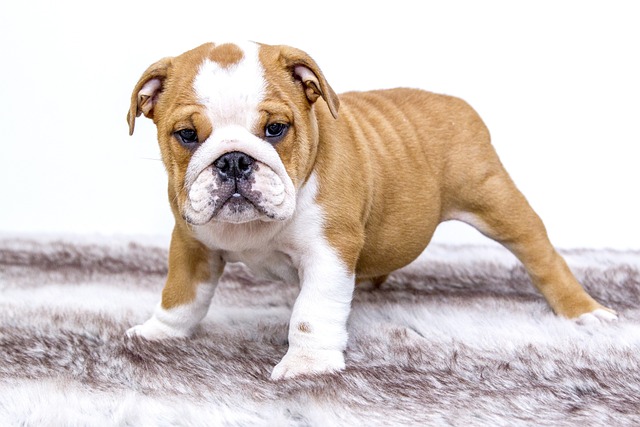
Now, how do you use this core kit effectively? Start indoors, away from distractions. Grab those tiny treats and your clicker (if using). Ask for a simple "sit." The instant Buddy’s bottom hits the floor, click (or say "yes!" sharply) and deliver the treat. Keep sessions short – 5 minutes, max! – and always end on a success. Practice leash skills indoors first too: reward Buddy lavishly for walking with you, not pulling. Gradually move practice to your apartment hallway, then a quiet spot outside. Crucially, always carry poop bags – cleaning up immediately isn't just neighborly in your apartment complex courtyard or local park; it’s legally required across virtually all US municipalities. Got a puller? Instead of harsh leash jerks (which increase anxiety and are culturally unacceptable in modern, welfare-focused training circles), stop walking the moment tension hits the leash. Wait. The second slack appears, mark and reward, then move forward. It teaches Buddy that pulling = stop, loose leash = go. For apartment dwellers, focus heavily on quiet cues like "settle" using mats and those high-value treats to manage barking or excitement during sensitive hours.
Remember, training equipment exists within a framework of responsible ownership. Before hitting the dog park for socialization practice, ensure Buddy’s vaccinations, especially rabies, are current. Rabies vaccination is legally mandated for dogs nearly everywhere in the US. His collar should also hold up-to-date ID tags – a legal requirement in many states and simply vital if he ever gets lost. Your training approach itself must align with contemporary animal welfare standards. Positive reinforcement is the ethical and effective norm here. Avoid any equipment designed to cause pain or fear (like prong or shock collars) – they damage trust and can trigger aggression, besides being increasingly frowned upon socially. Focus on building Buddy’s confidence by rewarding what you like. Think of Mike in Portland, who felt overwhelmed training his excitable Lab. Sticking to a simple harness, leash, treat pouch, and clicker, paired with consistent positive methods, transformed chaotic walks into enjoyable strolls within weeks. He mastered "leave it" with high-value chicken bits, crucial near sidewalk litter, and used "quiet" cues rewarded with kibble to keep apartment peace.
Ultimately, the most powerful training tools are your knowledge, consistency, and the positive relationship you build. Start simple, focus on clear communication with your core kit, prioritize safety and legality, and celebrate every small win. Buddy isn’t judging your gear; he’s responding to your guidance and the tasty rewards you deliver with perfect timing.

That sudden burst of barking when a car backfires or a neighbor shuts a door can jolt anyone—including your dog, who's probably just as startled as you are.
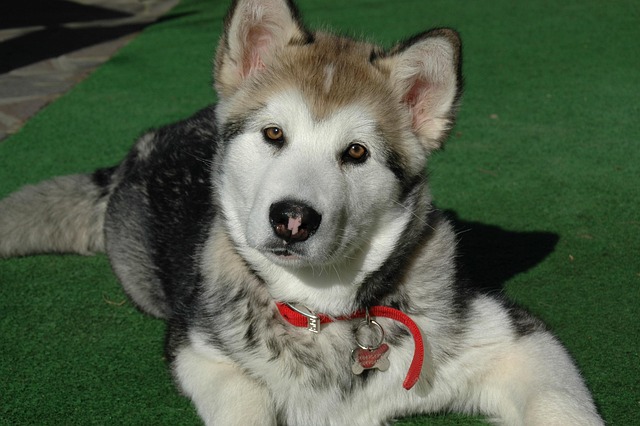
Teaching your dog basic commands isn’t just about showing off tricks at the park—it’s about building trust, keeping them safe, and making daily life smoother for both of you.

The moment you bring that wiggly ball of fur home,the clock starts ticking—but not in a rush.House training a puppy isn't about waiting for some magical age;it's about reading their signals and starting gently when they're ready to learn.

Bringing home a new dog—whether a wiggly puppy or a calm adult—fills your days with tail wags and slobbery kisses. But sooner or later, every owner wonders: When's the best time to start training?
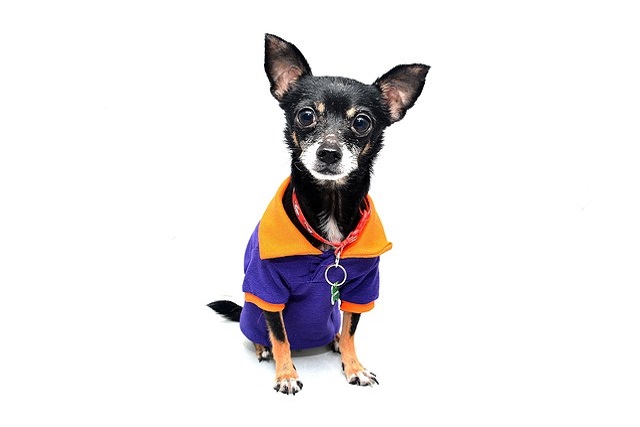
Does apple cider vinegar kill worms in dogs? It’s a question that pops up often in dog owner circles, especially among newbies in the US who prefer natural remedies.
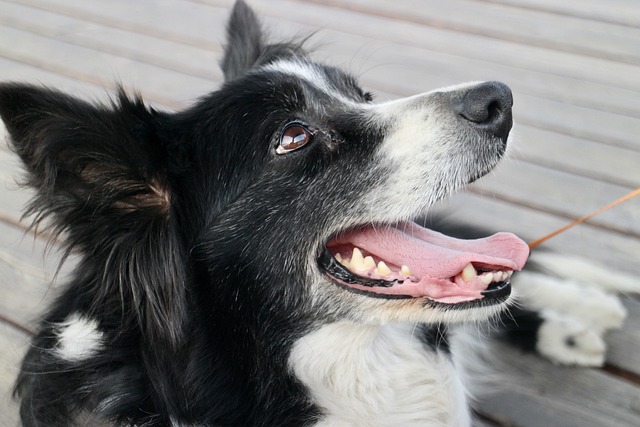
Puppies are bundles of energy, but when that energy turns into growling, nipping, or lunging, it can be worrying. Aggression in puppies often stems from fear, confusion, or a lack of proper socialization—rarely is it a sign of a "mean" dog.